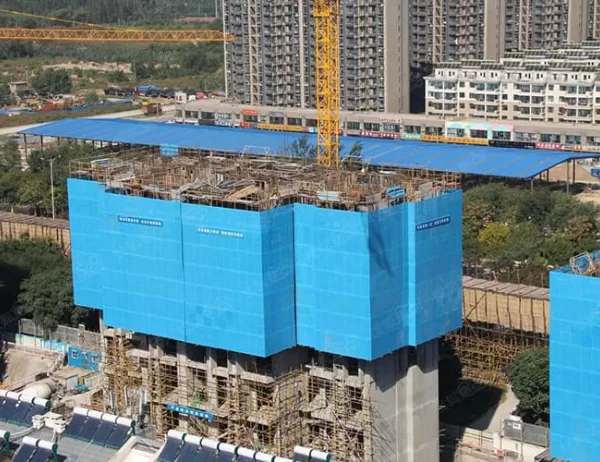In the realm of industrial engineering, aluminum profiles serve as the backbone of countless applications. Their exceptional strength-to-weight ratio, corrosion resistance, and design versatility make them indispensable materials in a myriad of industries. However, even with their remarkable properties, these profiles are not immune to occasional glitches. Enterprising engineers and technicians must therefore possess a keen eye for troubleshooting common issues that can hinder the optimal performance of these critical components.
Surface Imperfections: Scratches, Dents, and Scruff Marks
The pristine surface of an aluminum profile is essential for maintaining its aesthetic appeal and functionality. Yet, imperfections such as scratches, dents, and scruff marks can mar its appearance and compromise its structural integrity. These imperfections can arise during handling, transportation, or improper installation. To resolve these issues, a range of techniques can be employed, including sanding, polishing, or filling with specialized materials.
Dimensional Deviations: Warping, Twisting, and Buckling
Aluminum profiles are engineered to precise dimensions. However, external forces or internal stresses can cause them to warp, twist, or buckle. These deviations can affect their fit and performance within assemblies. To rectify these issues, careful inspection and adjustment are necessary. Heat treatment, straightening, or re-machining may be required to restore the profiles to their intended shape and dimensions.
Corrosion Concerns: Pitting, Staining, and Discoloration
Despite aluminum’s natural corrosion resistance, prolonged exposure to harsh environments can lead to corrosion issues. Pitting, staining, and discoloration can weaken the material and impair its aesthetics. To prevent and address these concerns, protective coatings or treatments, such as anodizing or painting, can be applied. Proper maintenance and regular cleaning are also crucial to extend the lifespan and performance of aluminum profiles.
Structural Issues: Cracks, Breaks, and Fractures
Under excessive loading or in demanding applications, aluminum profiles may experience structural failures. Cracks, breaks, and fractures can compromise the integrity of the structure and pose safety hazards. These issues can arise due to material defects, design flaws, or excessive stress. Thorough inspection, analysis, and appropriate repairs, such as welding or replacing damaged sections, are essential to ensure the profiles remain structurally sound.
Troubleshooting common issues with industrial aluminum profiles requires a combination of technical expertise, analytical thinking, and problem-solving abilities. By understanding potential causes, employing suitable techniques, and implementing preventive measures, engineers and technicians can ensure the reliability, longevity, and optimal performance of these critical components. With a proactive approach to troubleshooting, they can mitigate risks, minimize downtime, and maintain the seamless operation of industrial systems that heavily rely on aluminum profiles.




